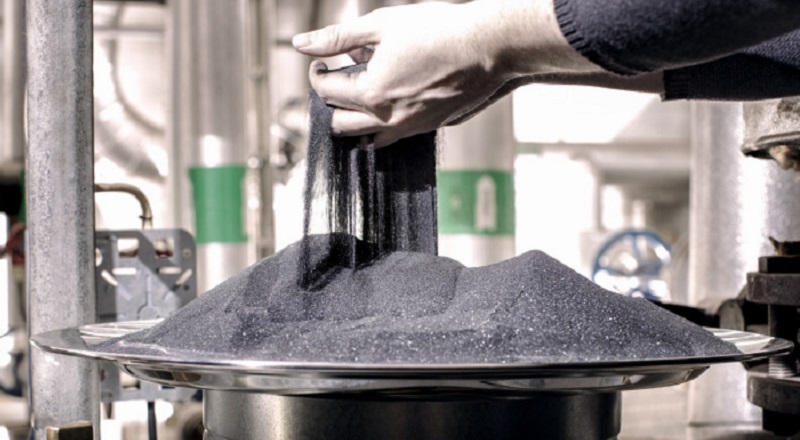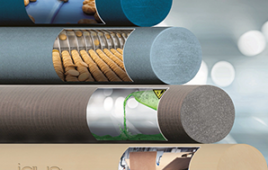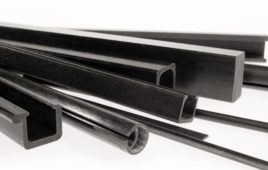
Chalmers University of Technology has developed a new material used to increase efficiency in combined heat and power plants. Image credit: Chalmers University of Technology
A new type of material used in circulating fluidized beds could improve combustion efficiency, as well as decreasing operating and maintenance costs.
Chalmers University of Technology researchers, in collaboration with the energy supplier Eon, have tested this new technology at the combined heat and power plant Händelöverket in Norrköping, Sweden. The silicon sand usually used in one of the plant’s five boilers was replaced with an ilmenite-based bed material. Bed material is used to even out heat fluctuations and make combustion more efficient.
Circulating fluidized bed boilers use a mix of fuel and bed material to fill a combustion chamber. Particles swirl up in a cyclone, and pieces that reach the top are recovered and returned to the bottom. Boilers of this type are often used in modern combined heat and power plants which use biofuels. About 6 kg of silica sand is required for every megawatt hour.
Because it can move oxygen around the chamber from areas of higher concentration to lower concentration, the iron-titanium mineral ilmenite and other metal oxides are more useful than regular sand.
“This brings forth an array of positive effects, which testing completed in Norrköping confirms. The combustion becomes more uniform and efficient. The boiler’s total efficiency increases. The emission of carbon monoxide is lowered radically, as are problem related to ash fouling,” said Fredrik Lind, PhD at the Department of Energy and Environment and project coordinator at Chalmers University of Technology.
The test at Händelöverket was carried out between November 2014 and May 2015. It showed improved profit margins and “turbo charged” the combustion process, said Bengt-Åke Andersson, adjunct professor in combustion technology and senior specialist at Eon.
Eon plans to use the new material in two more boilers this year, as well as expanding the idea to other plants. It will also begin to offer a service for plants that wish to transition to the new material.
“One of the advantages is that it enables the burning of difficult fuels like coarse waste. This could become crucial in the future, if we are to meet our climate goals,” Lind said.
Professor Henrik Thunman developed the idea of using metal oxides as bed material after he worked on another project where ilmenite was used to clean gas from tar in a biomass gasifier. This enabled him to solve a long-standing problem among boiler producers: how to avoid leaving unburned fuel in a commercial boiler.
The scientific results of his work were published in June 2013, and has moved very quickly to Eon’s commercial production.
One of the reasons that it could be scaled up for commercial use so quickly was because it could be tested in the university’s own Chalmers Power Plant, which contains the world’s largest research boiler. Then, collaboration between Chalmers and Eon enabled quick testing in a commercial plant.
Filed Under: Materials • advanced




